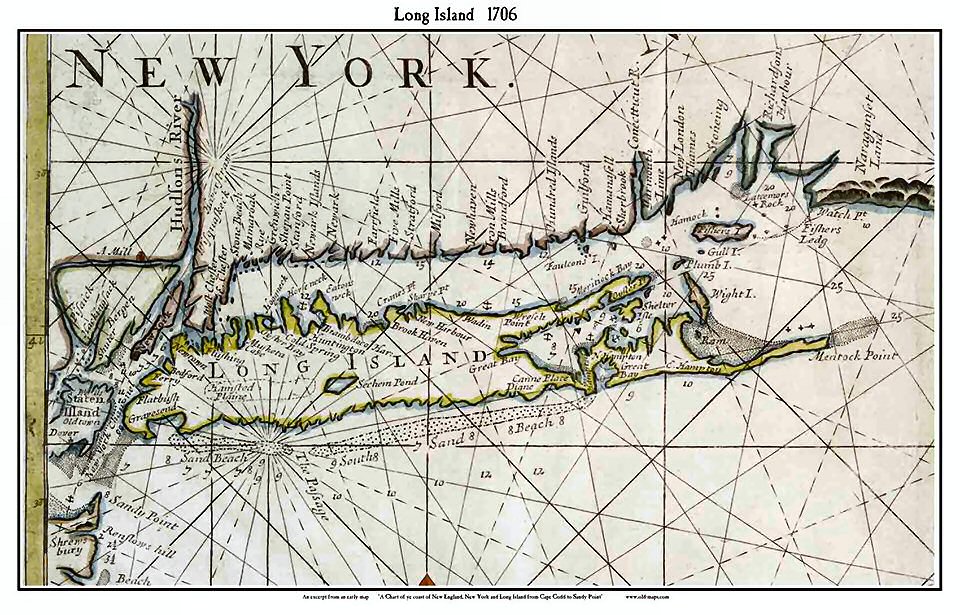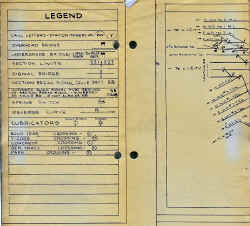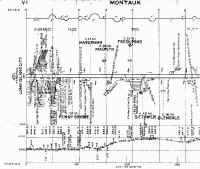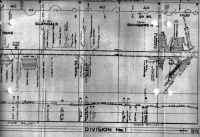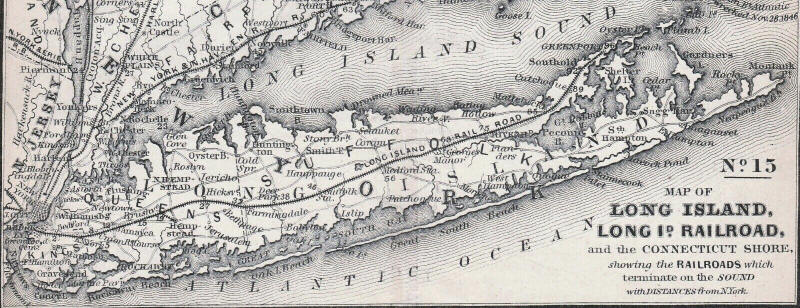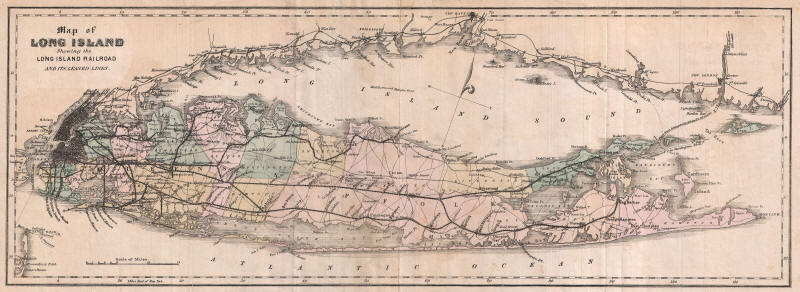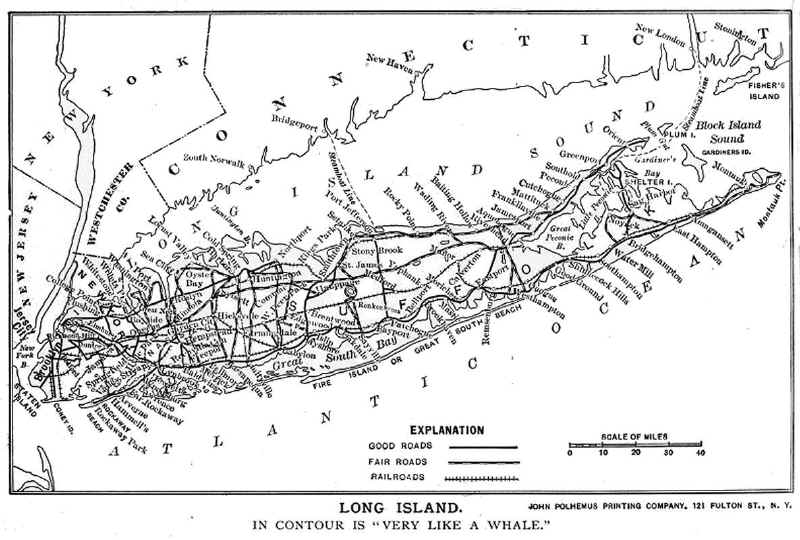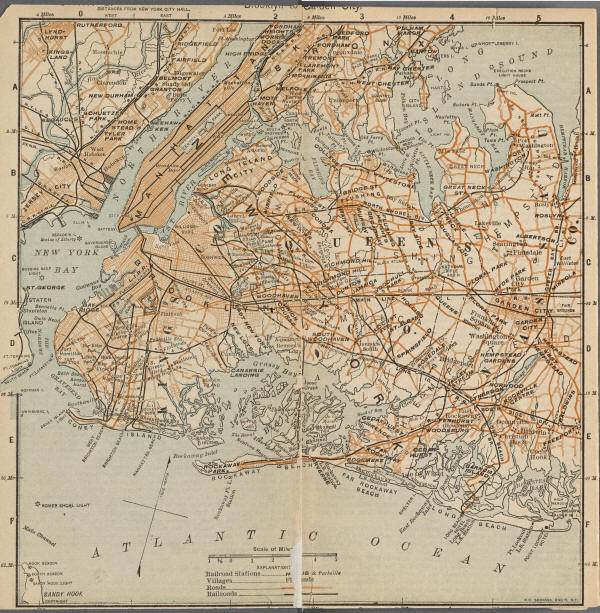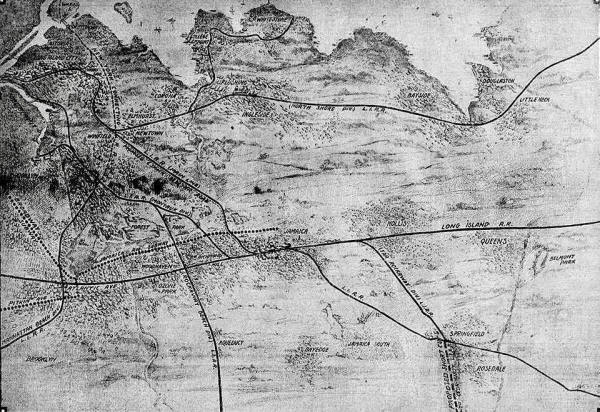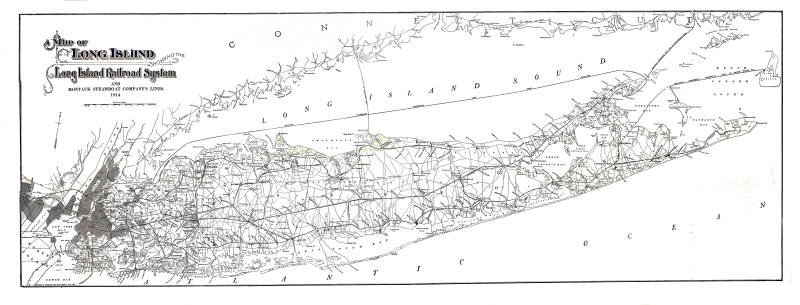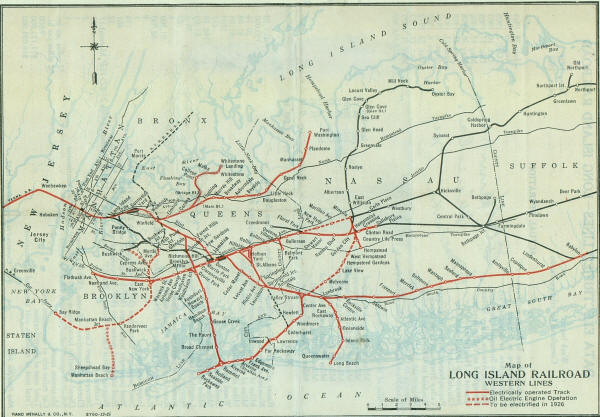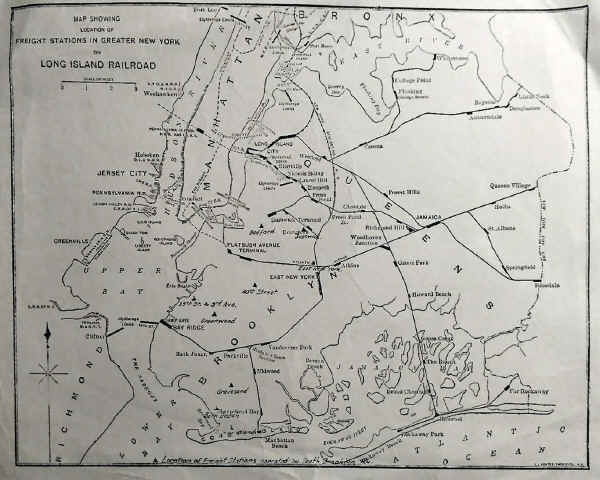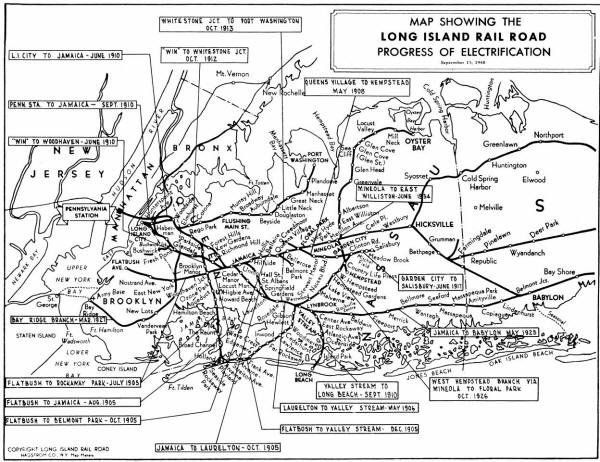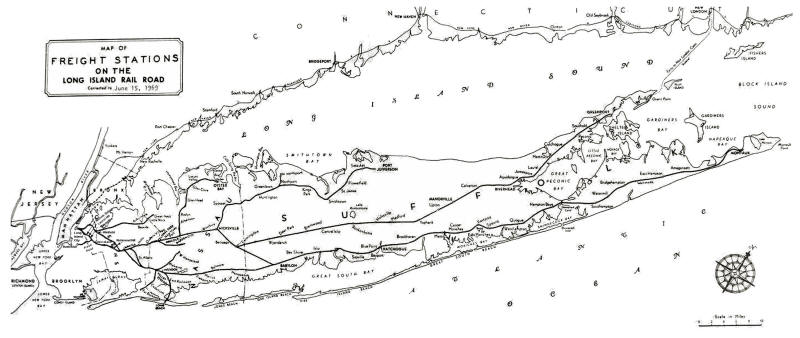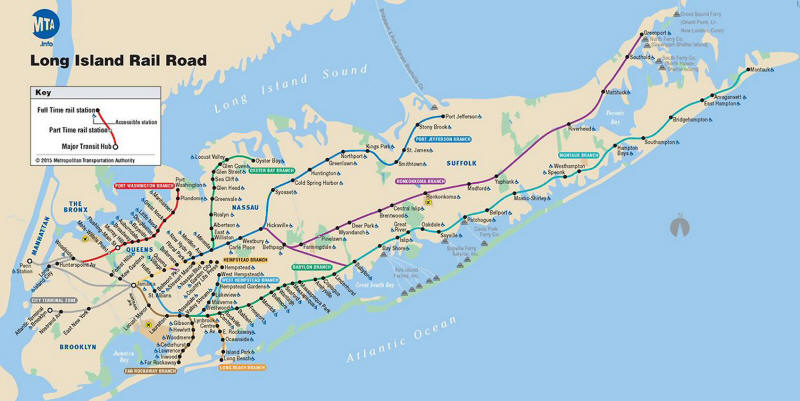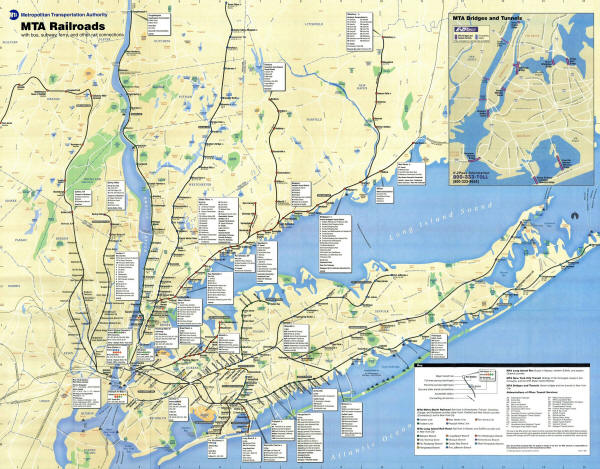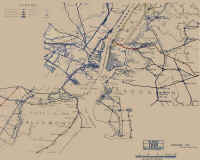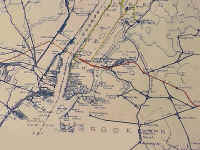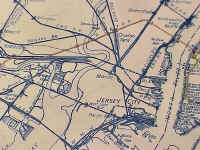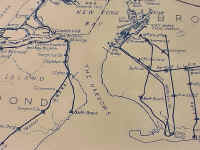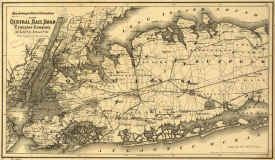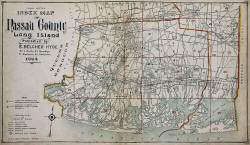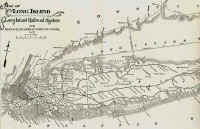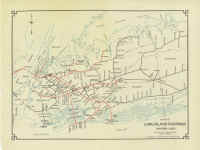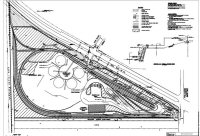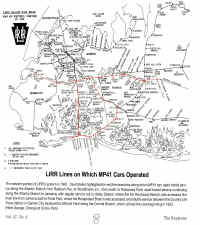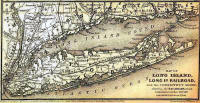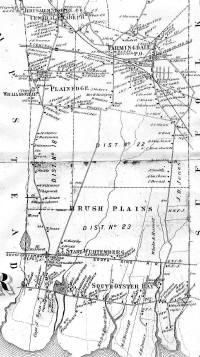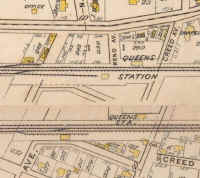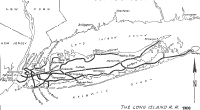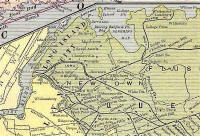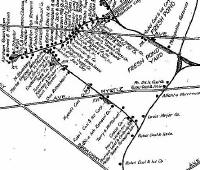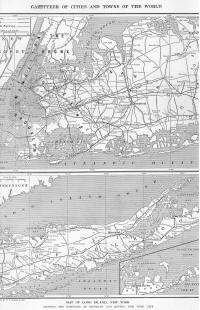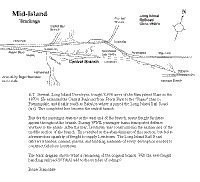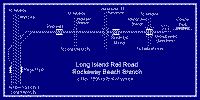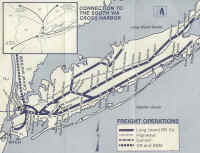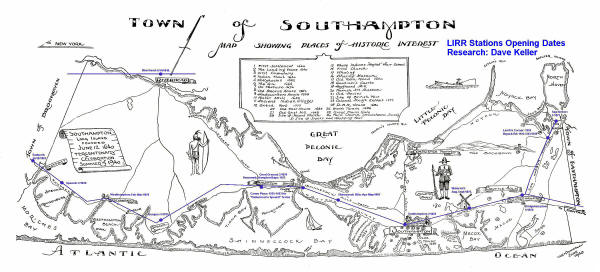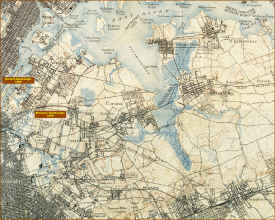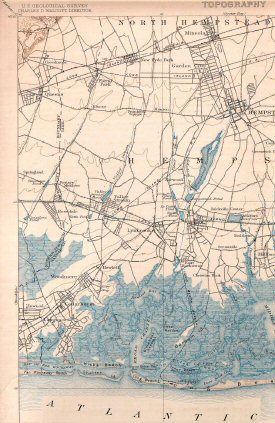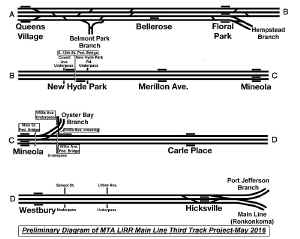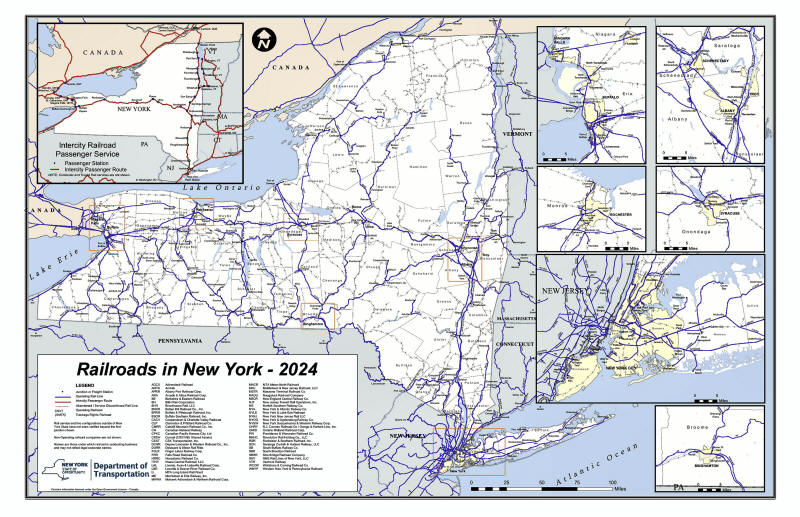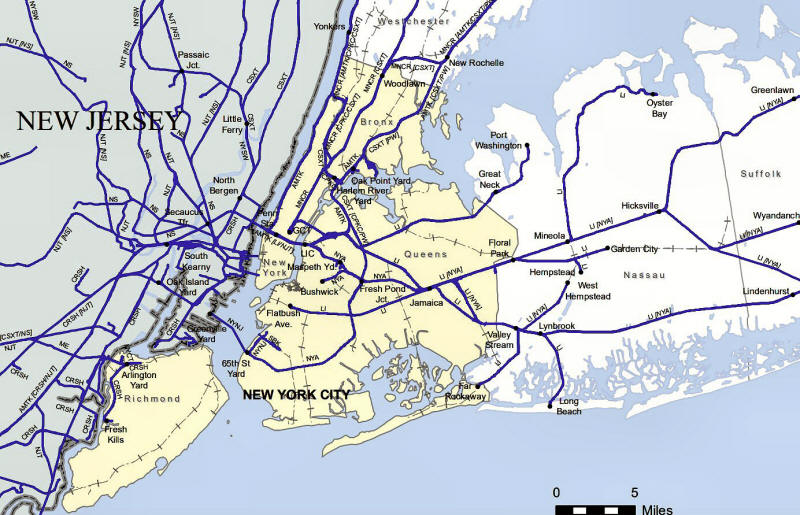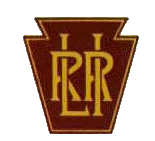 LONG ISLAND - LIRR MAP ARCHIVES
LONG ISLAND - LIRR MAP ARCHIVES |
||||||
|
In 1609, the Dutch East India Company hired English sailor Henry Hudson to find a northeast passage to India. After unsuccessfully searching for a route above Norway, Hudson turned his ship west and sailed across the Atlantic. One can see the early Dutch influence on place names such as Flatbush, Flushing, and Brooklyn as follows: Haarlem -> Harlem Native American influence abounds: Sachem
Pond (Lake Ronkonkoma), Mentock Point, Hamsted Plains, Meritiock Bay, etc. and
of course English influence: Hampton, New York, Newtown, Bedford, etc. all yield
a rich cultural naming influence early on that influences the current geographic
and place name history to this day! Info: Steven Lynch |
||||||
|
LIRR
Fan Trips with Maps Topographic Maps:
|
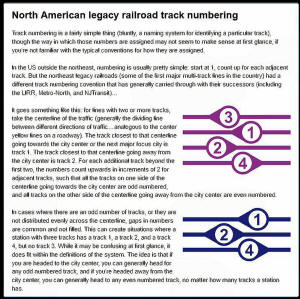 LIRR Legacy Track Numbering 1/02/2021 |
|||||
|
|
||||||
| 1873 Beers Maps - Babylon to Eastport | ||||||
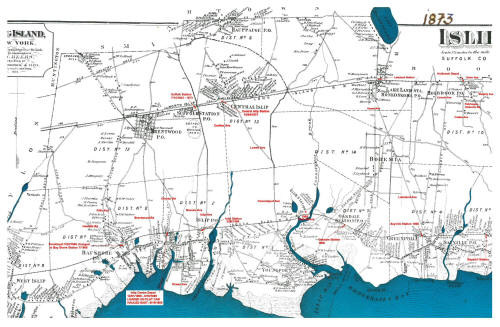 Islip Town Stations 1873 Beers map with annotations for the LIRR and South Side Rail Road (SSRR) Stations. Archive: Islip Public Library Research/Annotations: Steven Lynch |
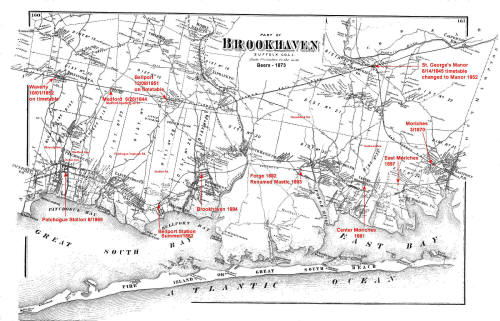 South Brookhaven Town Stations 1873 Beers map with annotations for the LIRR and South Side Rail Road (SSRR) Stations. Research/Annotations: Steven Lynch |
|||||
|
|
||||||
|
LIRR Maps 1952-1955 Henry Raudenbush |
||||||
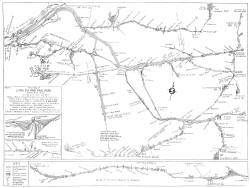 LIRR Electrified Archive: Jeff Erlitz |
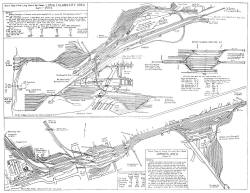 LI City Archive: Jeff Erlitz |
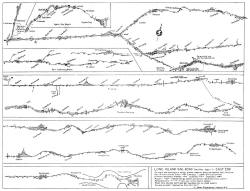 LIRR East End Archive: Jeff Erlitz |
||||
|
|
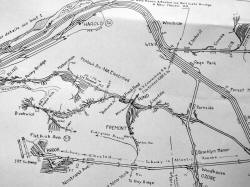 |
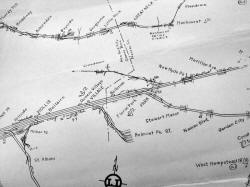 |
||||
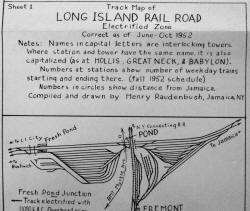 Fremont October 1952 Map  Central Branch Extension |
I
spent a lot of time digging out the data for that map. Where I
couldn't see things from trains, I walked. So I walked all around
Hempstead
crossing and that's when I saw those feeder rails. Then I walked the
lines from there to Mineola and to
West Hempstead
. On the following Monday, I had a call from Paul Blauvelt, the LIRR PR department. He wanted to know if the RR could buy 20 copies, and would I be willing to be interviewed for the Railroad. I went down to Jamaica, and that's when that picture was taken. In the summer of 1957, I worked in the Chief Engineer's office, and found a copy of my map in the file there.
On
the stretch to
West Hempstead
, the track ran on a diagonal to the street grid. Somewhere along
there, there was a place where it crossed an east- Things were more casual then, and what's more everybody on Long Island knew, and taught their kids, the dangers of the 3rd rail. 6/06/2010 Henry Raudenbush
|
|||||
|
LIRR Track Profile Maps 1983 Archive: John Fusto |
||||||
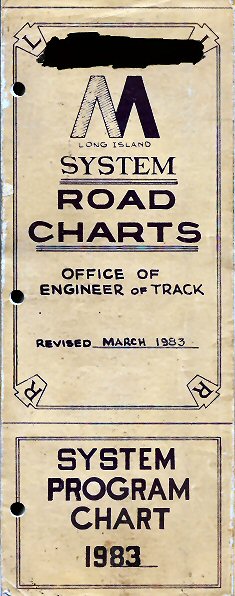
|
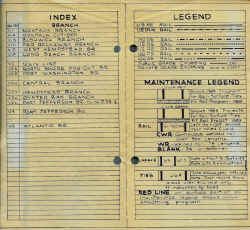
LIRR System Road Charts Index/Legend - March 1983 |
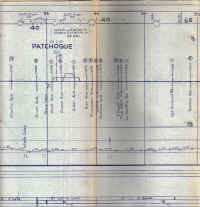 Patchogue 1983 Archive: John Fusto Creation: Steve Lynch
|
||||
|
|
||||||
 Bellport to Westhampton Composite Map updated 1981 Archive: John Fusto Creation: Steve Lynch |
||||||
| LIRR Track Profile Maps 1994 | ||||||
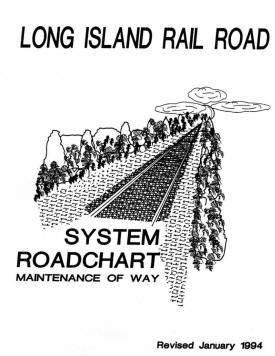
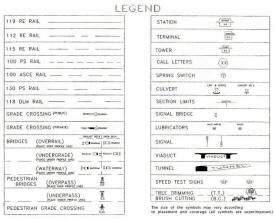 LIRR MOW System Track Profile Maps LEGEND 1/1994 |
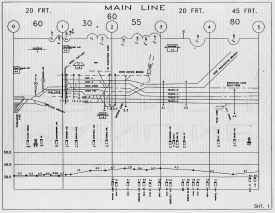 Main Line Track profile map LI City MP0-MP5 1994 LIRR 1994 MOW System Track Profile Maps
|
|||||
